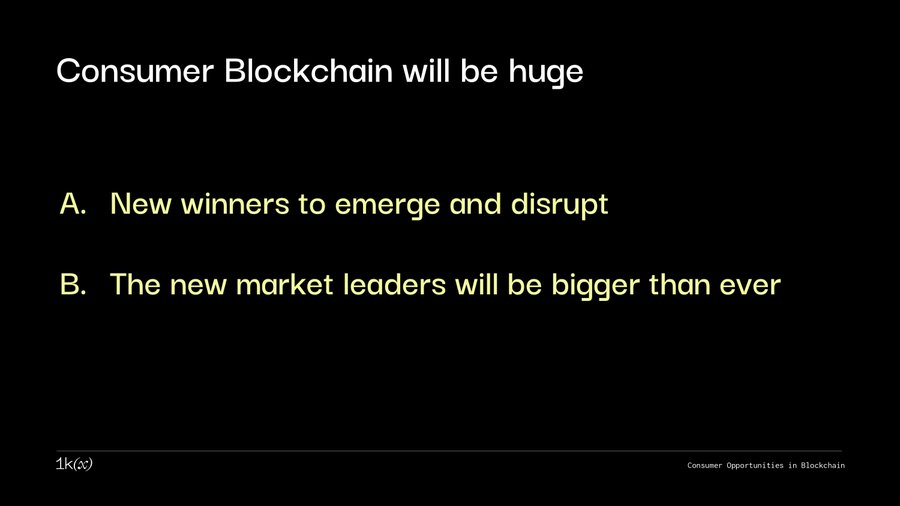Consumer cryptocurrency market insights: disruption, integration and growth opportunities

Reprinted from panewslab
02/12/2025·2M
Original text: Peter Yuan Pan , 1kx Partner
Compiled by: Yuliya, PANews
This study was initially presented to its limited partners by 1kx Network, which deeply expounded the important strategic value and development prospects of the consumer cryptocurrency market. The following content is the latest market observation.
The evolution rules of new platforms
In the history of technological development, whenever a new platform appears, a new leader will inevitably be born in the market. Existing market leaders often lose their market position because of misjudgment, slow response or poor execution of new opportunities. The fundamental reason for this phenomenon is that new technological paradigms require completely new thinking patterns and business strategies. This rule has been fully verified in the gaming and video fields over the past decade.
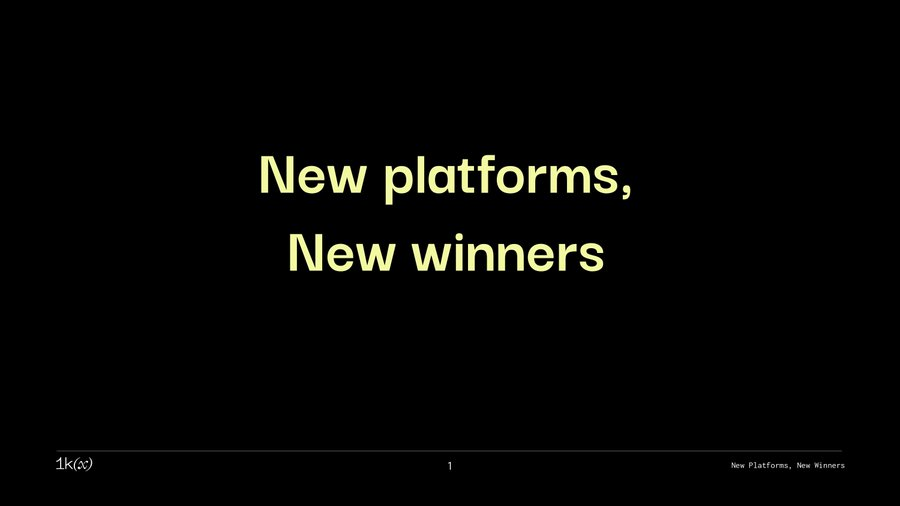
Disruptive evolution of the mobile gaming market
In the 2000s, the traditional gaming market was dominated by hardcore games, and players generally pursued high-fidelity images and deep immersive experiences. At that time, mobile devices at that time were completely contrary to the demand of the mainstream gaming market due to their small screen, limited performance, and lack of high-quality content. Traditional gamers have little interest in mobile games, and mainstream game publishers have therefore ignored this emerging market.
However, the potential of mobile gaming platforms is obvious. It ultimately realized the vision of allowing users to network with global players anytime, anywhere, and created a new category of mobile free games. This not only created an unprecedented emerging player market, but also gave birth to a group of new game companies. These successful people are based entirely on game types that are very different from traditional games, and their target users do not even agree with the identity label of traditional gamers.
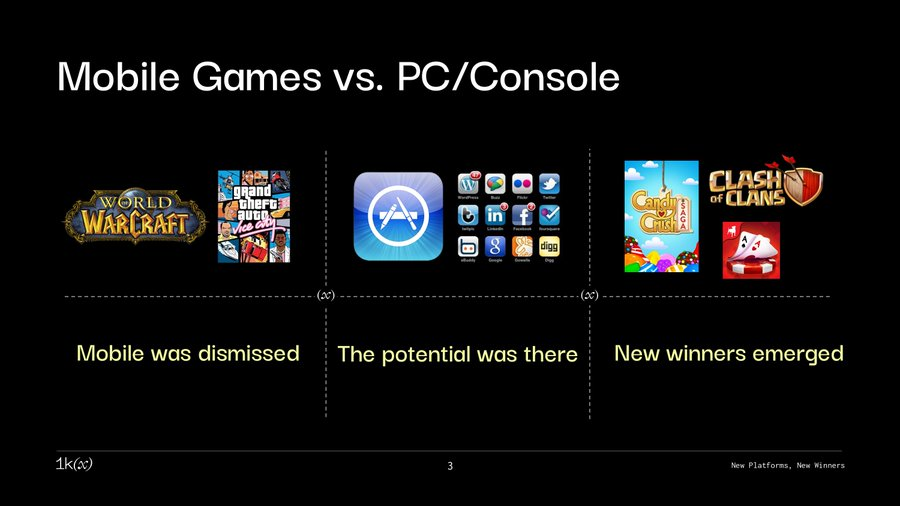
Although the industry generally believed that " these are not real games, nor are these real gamers" , mobile games eventually achieved amazing achievements with revenue of twice the scale of traditional games.
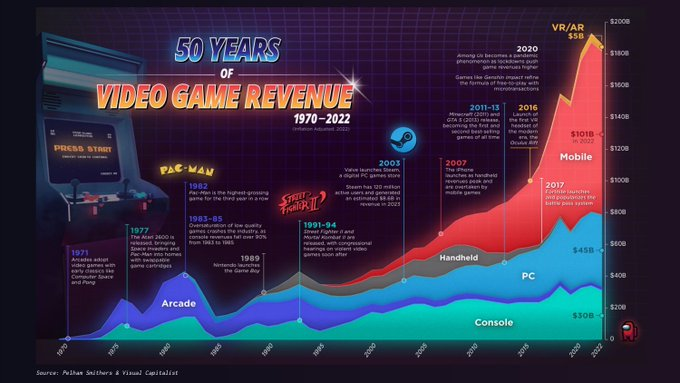
Market changes in the video field
The online video field also presents a similar disruptive development model. In an era when TV networks dominate global media consumption, the limitations of this traditional model are increasingly prominent: high entry thresholds, expensive production costs, and limited distribution scope to local or regional markets. Even so, traditional entertainment industry executives still underestimate the development potential of online video.
However, forward-looking market observers have recognized the revolutionary characteristics of online video platforms: decentralization, low entry barriers, and natural globalization. These characteristics have brought about disruptive changes in content creation and dissemination.
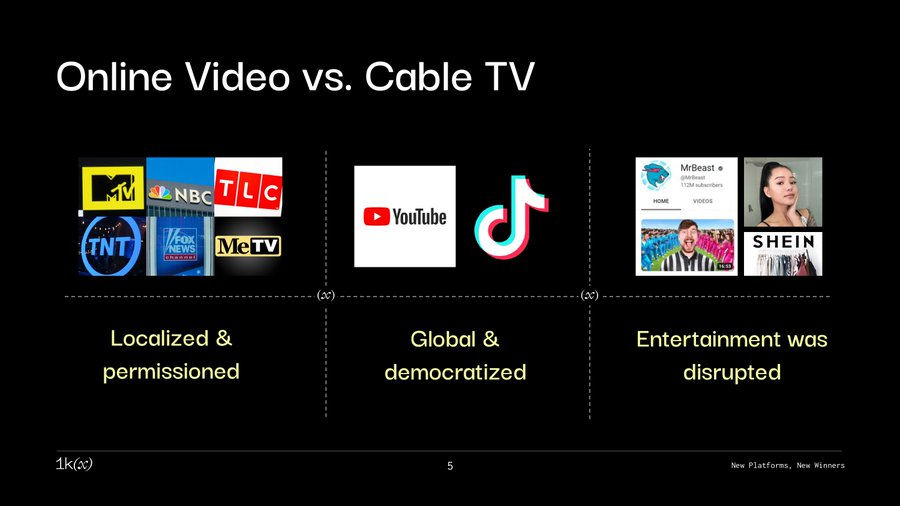
The result of market changes is that the traditional entertainment industry has been reconstructed and new media companies have emerged. Similar to the mobile gaming field, these emerging content is essentially different from the content form of traditional platforms. A new generation of entertainment stars and brands (such as Mr. Beast, Bella Poarch, etc.) has risen rapidly, and has also given birth to innovative business models based on online video distribution channels (such as Shein). Online videos eventually surpass traditional TV and maintain a sustained growth trend.
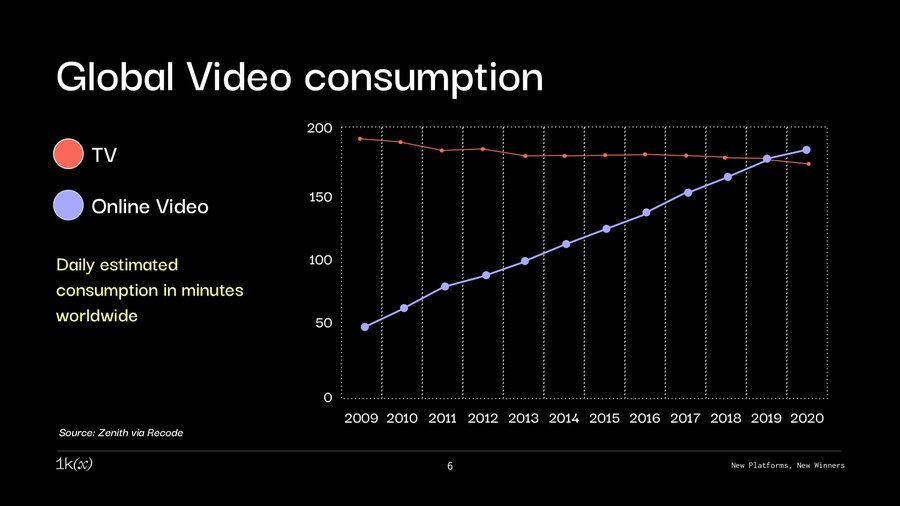
Blockchain: A new generation of consumer platform
Blockchain technology is pioneering a new platform paradigm for consumers. This technology enables developers to build an application ecosystem with digital property rights and programmable incentive mechanisms from scratch in a decentralized and globalized environment.
Market analysis shows that this will bring revolutionary innovation to the fields of gaming, social media, creator economy, etc., and give birth to a brand new market form. Similar to the development trajectory of mobile games and online videos, this market change will be achieved through content forms that are completely different from traditional platforms and create new user groups and market space.
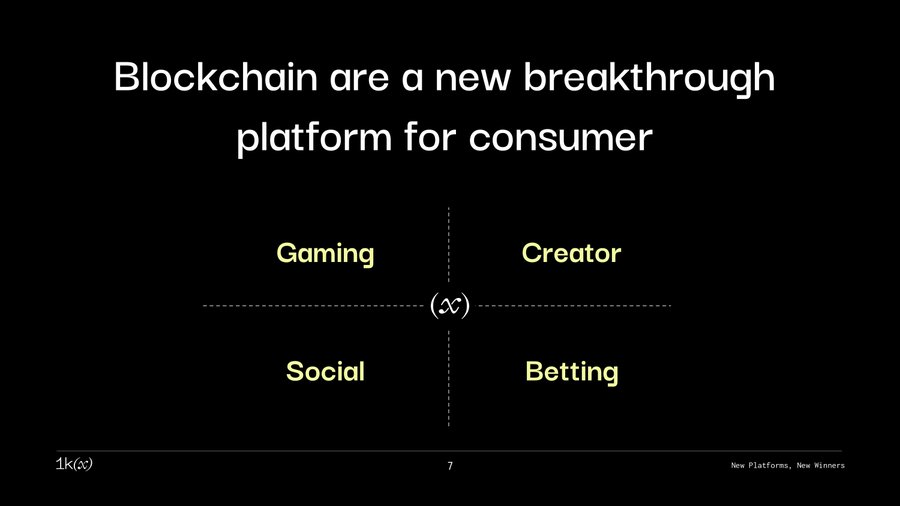
Advantages of vertical integration
Market leaders in the consumer cryptocurrency sector will gain unprecedented growth potential, thanks to their unique advantages of vertical integration in a decentralized environment. In traditional markets, the most successful companies are often those that can achieve vertical integration . Take Amazon as an example. Although it started only as an e-commerce platform, its cloud service department AWS has now contributed 70-80% of the group's operating profit (only 15-17% of the total revenue).
Enterprises in the traditional consumer field generally pursue vertical integration, but are often subject to technical costs. The open source characteristics of the Web3 ecosystem enable market leaders to naturally achieve vertical integration as their business grows, more effectively control all links of the value chain, obtain scale effects, and achieve flexible commercial monetization. This allows leading companies in the consumer cryptocurrency sector to achieve faster growth and larger business scale than their Web2 competitors.
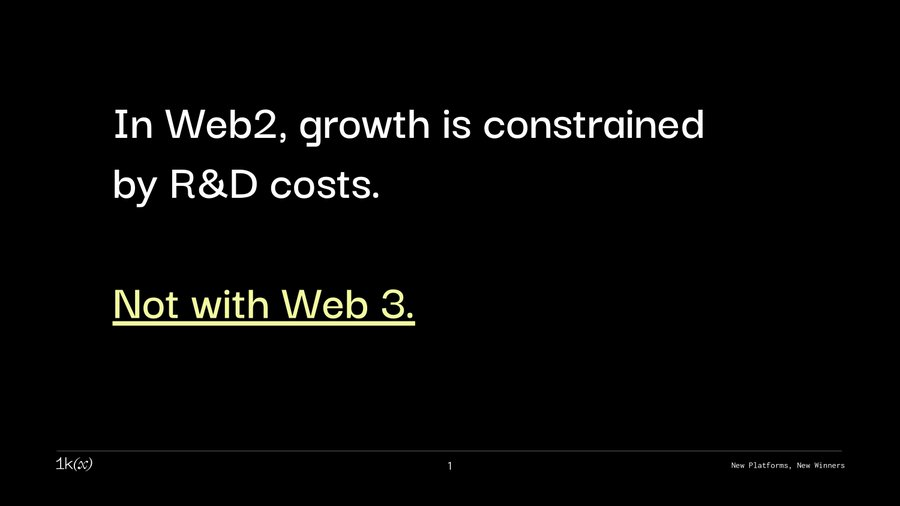
Market practice verification
This vertical integration strategy has been proven in several cases:
- Coinbase started with centralized exchange business and then launched the Base chain network
- Axie Infinity develops Ronin Network based on its huge user base
- Pudgy Penguins builds Abstract Chain with existing distribution channels
- LINE and Kakao launch Kaia Chain with user advantages
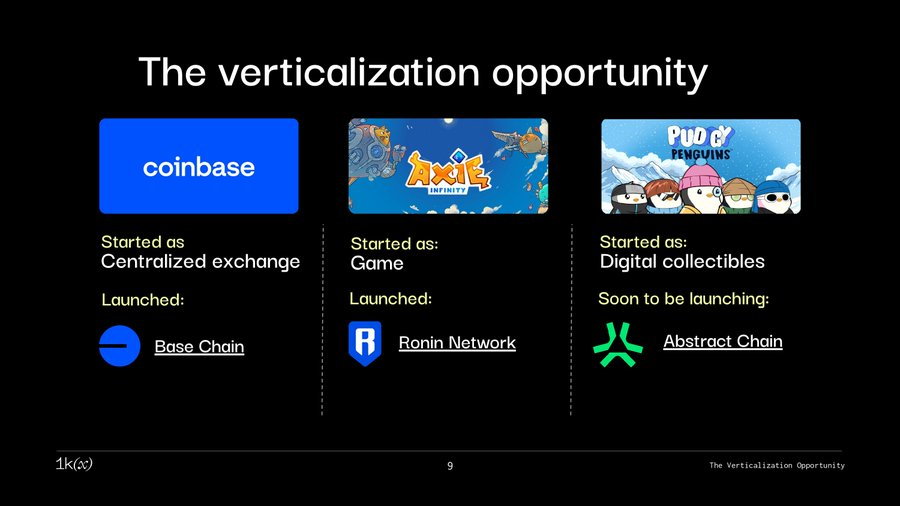
Consumer-grade encryption technology is considered to be the ultimate form of the development of consumer Internet. With the continuous advancement of blockchain and encryption technologies, their application potential in the consumer field is becoming increasingly significant, and it may reshape the way consumers interact with the Internet and become an important driving force for the future digital economy.
